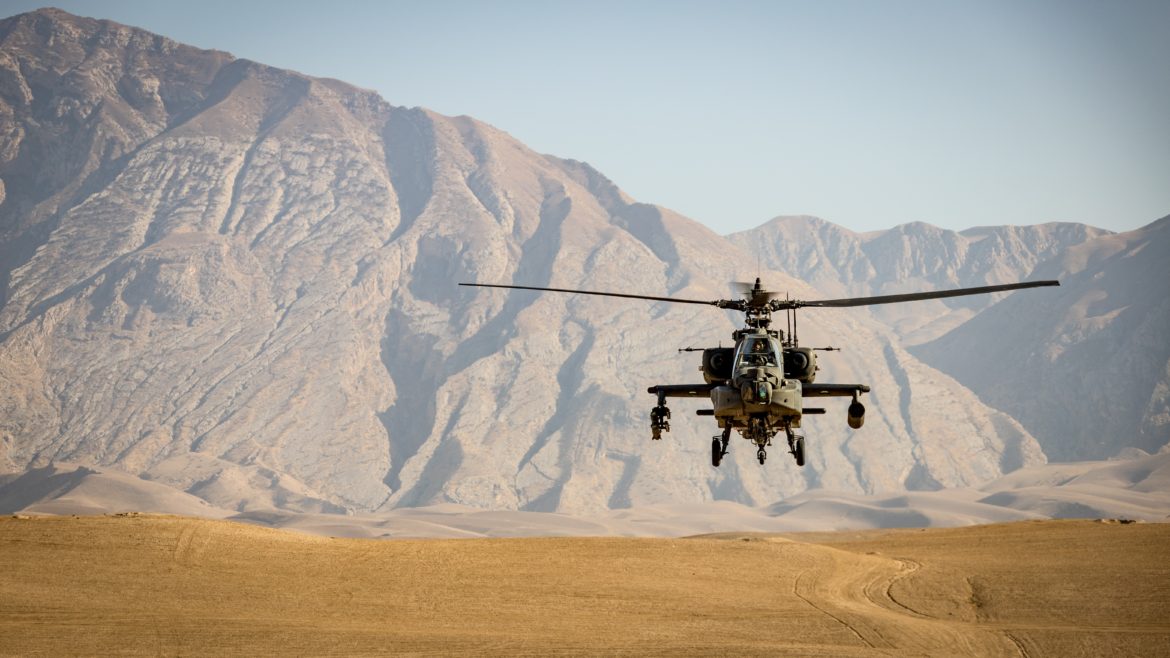In the two decades since 9/11, the United States, along with its NATO allies, have been directly and indirectly involved with Afghanistan. What began as Operation Enduring Freedom, or the Global War on Terror, extended beyond what many ever expected. Initially, what was an effort to take down al-Qaeda and the Taliban has transformed into what is now referred to as the ‘forever war.’ Aid flowing into Afghanistan was quickly ceased following the return of the Taliban to power this past August, which has had a hugely negative impact on an already fragile country. At present, movements to free up these assets spark debate about how exactly this should happen.
The war in Afghanistan consisted of more than just combat; billions of dollars in aid have entered Afghanistan to be used for development purposes including infrastructure, healthcare, and education. To be clear, Afghanistan reaped benefits from this money seeing, for example, 3 million Afghan girls go to school and overall student enrollment numbers jumping from 900 000 to over 9.5 million in 2020, according to USAID.
However, while foreign aid undoubtedly has its benefits, the criticism arises that aid in and of itself is not a solution; rather, it is a band-aid fix. Concerns of corruption and a lack of checks and balances to ensure the proper management and use of the vast amounts of money are among the rationale for criticisms of such assistance in Afghanistan. Aside from the lack of international recognition of the Taliban given their extreme practices, Afghan authorities have had a long history of corruption; this lack of legitimacy in Afghan authorities has served to complicate the willingness of donors such as the United States to provide aid. Evidently, such complications have undermined efforts to provide security to the Afghan population since aid was used for development in many facets of Afghan life. This is all to say that Afghanistan continues to be highly dependent on foreign aid, receiving billions of dollars from the United States and its allies in the past two decades, and aid often totalling just under half of its GDP.
What happens, then, to such an aid-dependent country when the flow of massive amounts of money comes to a stop? This question is no longer a hypothetical for Afghanistan; with the rise of the Taliban in August of 2021, the United States froze billions in Afghan assets and development aid came to a rapid halt. There is no doubt that these events have and will continue to have hugely detrimental effects on Afghanistan. In October, the World Food Programme projected that Afghanistan was on track to become the “world’s worst humanitarian crisis” and three months later, the situation has yet to improve. The achievements in education, particularly for Afghan girls, have effectively been wiped away by the Taliban, the loss of aid has led to economic collapse, and millions are now facing famine.
Despite the concerns over a Taliban-led Afghanistan, the United States’ decision to freeze Afghan assets comes at an extreme cost. Though the tactic was an effort to push the Taliban to change its extreme policies, the freezing of aid was a risky choice in an attempt to force the Taliban’s hand, given the millions of lives hanging in the balance of this extremist group. Thus, it is crucial to weigh the drawbacks of this decision for a country that has been reliant on aid for many years. Without these assets, how is it possible for an already fragile country to survive its looming collapse? Above all, it is difficult to reconcile the discrepancy between the United States’ decision and the NATO alliance’s twenty-year reconstruction effort.
As of February 11th, President Joe Biden officially moved to free up Afghan assets, supporting a split between Afghan aid and compensation for victims of 9/11. This proposal has quickly become contentious as some support the use of assets to pay off the Taliban’s legal debts for their role in the September 11th attacks, while others highlight the fact that Afghans may become collateral damage as money that was meant to support their population is handed elsewhere. The question then remains, should the greater Afghan population face consequences for an attack that they were not responsible for?
Further consideration must also be given to the state of Afghanistan now that the country has been without aid for months. UN officials have called attention to the fact that unfreezing assets will not be enough to adequately support Afghans; aid infrastructure from healthcare to law enforcement has effectively diminished given the suspension of aid projects in the wake of the Taliban taking power this past summer. It is therefore pertinent to question the US government’s recent decisions; there must be a plan to ensure the money going back to Afghanistan will be used to support the population, paying considerable attention to the groundwork that will need to be laid again in order for the money to have any significant impact.
In considering the current state of Afghanistan and looking forward, it is critical to think of the Afghan people, whose struggles to find the money to feed their families or seek medical care have now reached new heights. As the United Nations call for the $9 billion to be released, the situation continues to become even more dire. Now, with the US governments’ move to free only part of the Afghan assets to Afghanistan, the situation takes on an added layer of complexity. It is clear Afghanistan is in crisis, and with the Taliban in power, it is obvious that the answer is not a simple one. What is apparent, however, is that action must be taken sooner rather than later and this action must keep the welfare of millions of Afghan lives at the forefront.
Edited by Sarah St-Pierre

